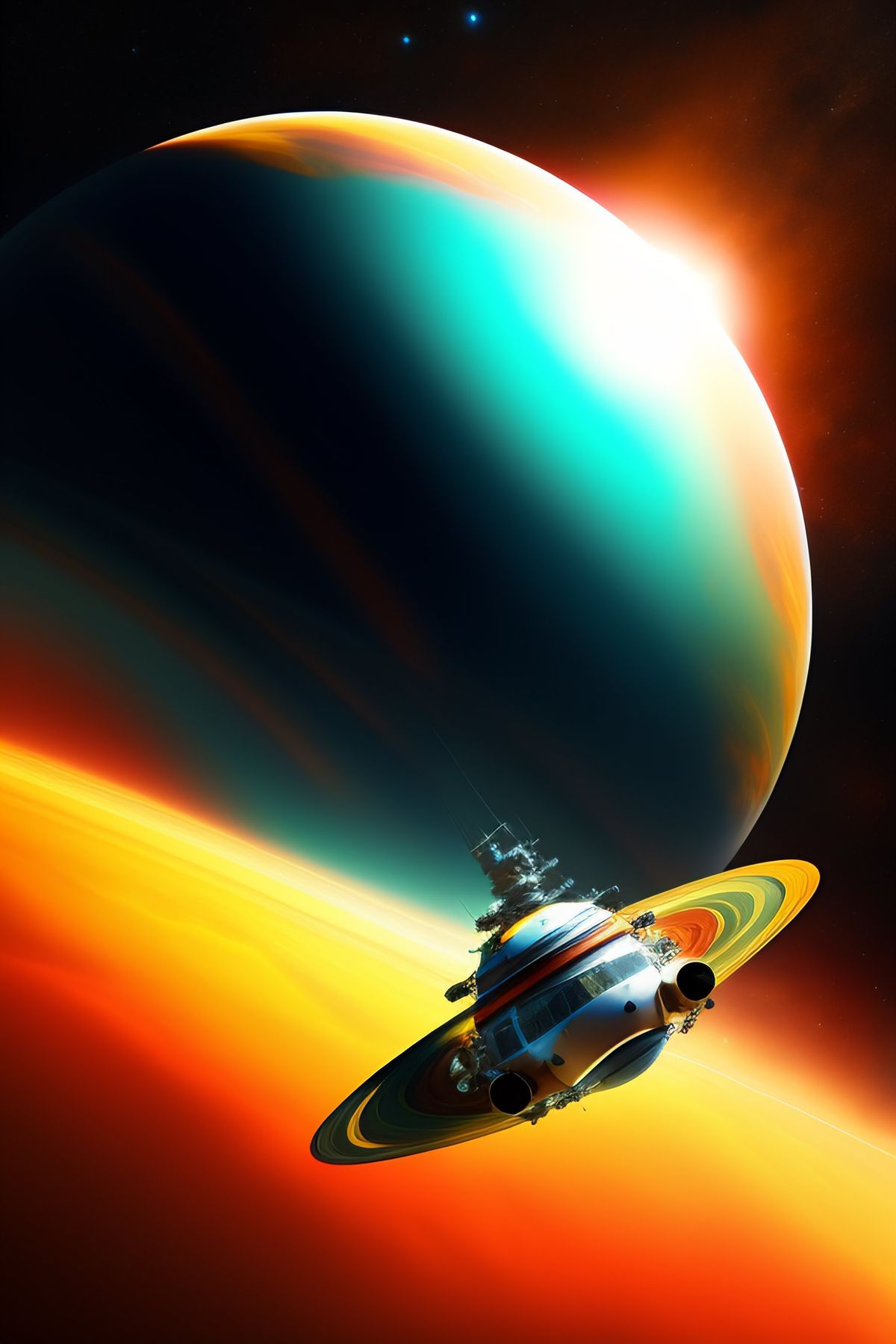The Mercury Mystique: Unlocking the Secrets of Our Solar System's Swiftest Planet
By unlocking the secrets of this swift planet, we hope to gain a deeper understanding of our solar system and the forces that shape it.

Mercury, the closest planet to the Sun, has long captivated the imagination of scientists and astronomers. Its mysterious nature and unique characteristics have made it a subject of great interest and intrigue.
In this article, Digital Marketing Legend "Srinidhi Ranganathan" will delve into the enigmatic world of Mercury, exploring its composition, surface features, and the challenges it poses for scientific exploration. By unlocking the secrets of this swift planet, we hope to gain a deeper understanding of our solar system and the forces that shape it.
Mercury, named after the Roman messenger god, is the smallest planet in our solar system. Its proximity to the Sun means that it experiences extreme temperatures, ranging from scorching hot to cold. With an average distance of only 36 million miles from the Sun, Mercury completes an orbit in just 88 Earth days, making it the fastest planet in our solar system.
One of the most intriguing aspects of Mercury is its composition. Scientists believe that the planet is made up primarily of a dense iron core, accounting for about 70% of its mass. This core is surrounded by a thin rocky mantle, which in turn is covered by a relatively thin crust. The high iron content of Mercury sets it apart from the other terrestrial planets in our solar system, giving it a unique magnetic field.
Mercury's surface is marked by a variety of features, including impact craters, scarps, and volcanic plains. The planet's proximity to the Sun means that it has been bombarded by countless meteoroids over its long history, resulting in a heavily cratered surface. Some of these impact craters are truly enormous, with the largest, known as the Caloris Basin, measuring over 900 miles in diameter.
In addition to impact craters, Mercury is also home to long, cliffs called scarps. These scarps, some of which are hundreds of miles long, are thought to have formed as the planet's interior cooled and contracted, causing the crust to buckle and crack. The presence of these scarps suggests that Mercury, despite its small size, has experienced significant geological activity in the past.

Another fascinating feature of Mercury's surface is its volcanic plains. These plains, known as "smooth plains," are vast expanses of relatively flat terrain that are thought to have been formed by volcanic activity. Unlike the towering volcanoes found on other planets, the volcanic activity on Mercury is believed to have been relatively calm, resulting in the gradual release of lava over large areas.
Despite its intriguing characteristics, Mercury remains a challenging planet to study and explore. Its proximity to the Sun means that spacecraft sent to Mercury must contend with intense heat and radiation. The extreme temperature variations also pose a significant challenge, as spacecraft must be able to withstand both extreme heat and extreme cold. Additionally, the planet's small size and weak gravitational pull make it difficult for spacecraft to enter orbit around Mercury.
Despite these challenges, scientists have made significant strides in unlocking the secrets of Mercury. In 2004, NASA's MESSENGER spacecraft became the first mission to orbit Mercury, providing valuable data and images of the planet's surface. The mission revealed a wealth of information about Mercury's composition, magnetic field, and geological history, shedding light on the planet's formation and evolution.

In 2018, the European Space Agency (ESA) launched the BepiColombo mission, a joint endeavour with the Japan Aerospace Exploration Agency (JAXA), to further explore Mercury. BepiColombo is equipped with a suite of scientific instruments designed to study the planet's surface, magnetic field, and exosphere. The mission aims to build on the discoveries made by MESSENGER and provide a more comprehensive understanding of Mercury's mysteries.
As our understanding of Mercury continues to grow, so too does our knowledge of the solar system as a whole. By studying the unique characteristics of this swift planet, scientists can gain insights into the processes that shaped our solar system and the conditions necessary for the emergence of life. Mercury's enigmatic nature serves as a reminder of the vastness and complexity of the universe, inspiring us to continue exploring and unravelling its mysteries.
In conclusion, Mercury, the swiftest planet in our solar system, holds many secrets waiting to be unlocked. Its composition, surface features, and challenges for scientific exploration make it a fascinating subject of study.
Through missions like MESSENGER and BepiColombo, scientists are gradually piecing together the puzzle of Mercury's mysteries. As we delve deeper into the enigmatic world of Mercury, we gain a greater understanding of our solar system and the forces that shape it.





